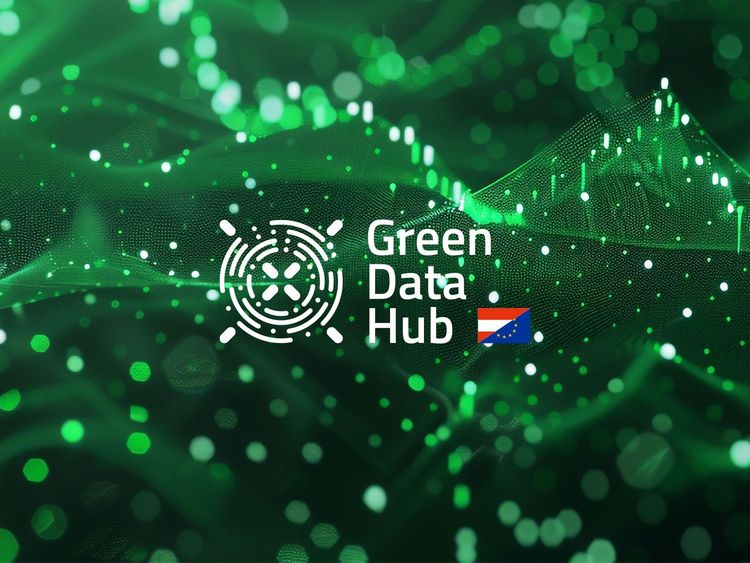- Solution area:Processes ,Technological innovation ,
- Аdministrative level:Municipality ,District ,State ,
- Solution process:Digitization and technology ,Energy ,Environment and sustainability ,Tourism and leisure ,
- Technology:Artificial Intelligence ,Sensor technology ,

Energy Efficiency – Pilot project in Burgenland
Smart energy management for sustainable tourism
Hotels, resorts, and thermal spas are under pressure to improve their energy efficiency in the face of rising energy costs and increasing sustainability requirements—without having to rely on costly consulting services or complex technical solutions. This is precisely where the innovative pilot project implemented as part of the Tourism Data Space Austria comes in: In collaboration with a Vienna-based software startup, the St. Martins Therme & Lodge, and the Austrian National Tourist Office, an AI-powered analysis tool was deployed that enables energy managers to independently identify potential savings—without requiring any programming skills.
Quick Facts
How it works
At the core of the project is the user-friendly platform, which uses artificial intelligence to analyze sensor and consumption data.
Energy managers in tourism operations receive specific, immediately actionable recommendations for optimizing energy consumption. The system detects patterns, anomalies, and potential for improvement – such as unnecessary electricity usage outside business hours or inefficient heating and cooling systems.
One of the key features of the tool is its accessibility: it is designed to be used by people without technical expertise. Visualizations are intuitive, and the suggested actions are clearly formulated. The pilot in Burgenland demonstrated that implementing the tool’s recommendations led to energy savings that were four times greater than the effort required – a convincing return on investment.
The solution is fully scalable and can easily be adapted for use in other operations and regions. It also supports long-term digital and ecological transformation goals within the tourism sector.
The Big Picture
This best-practice example shows how data-driven innovation can reduce operating costs and ecological footprints – without staffing or technical barriers. Especially in energy-intensive sectors like tourism, the potential is enormous.
Tourism businesses can measurably improve their sustainability performance with this solution, enhance their competitiveness, and position themselves as responsible, forward-thinking providers. Decision-makers and industry stakeholders also benefit: they gain access to a scalable model that can serve as a blueprint for a more sustainable and economically viable tourism sector – both regionally and nationally.
Image: © Freepik.com




